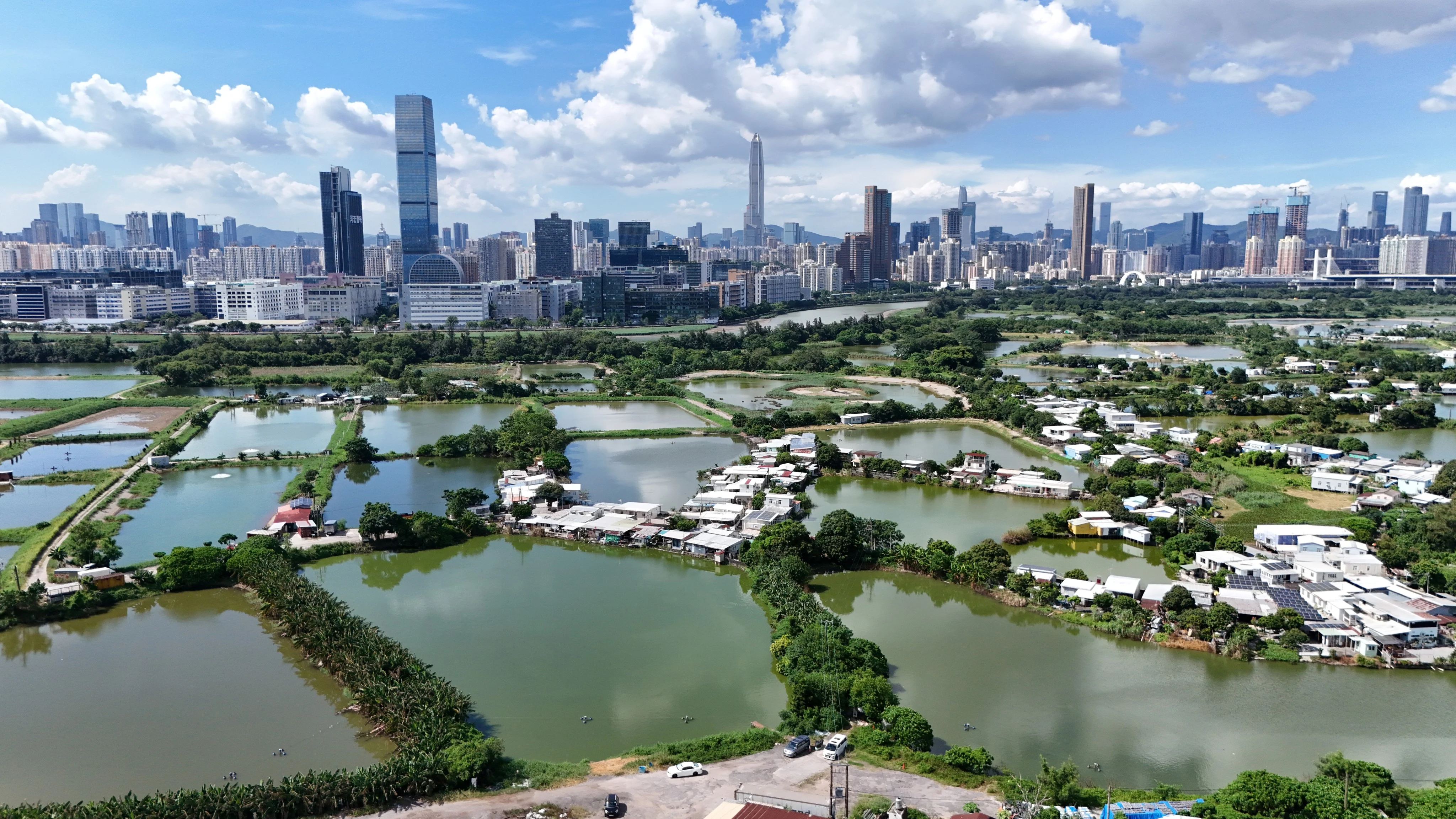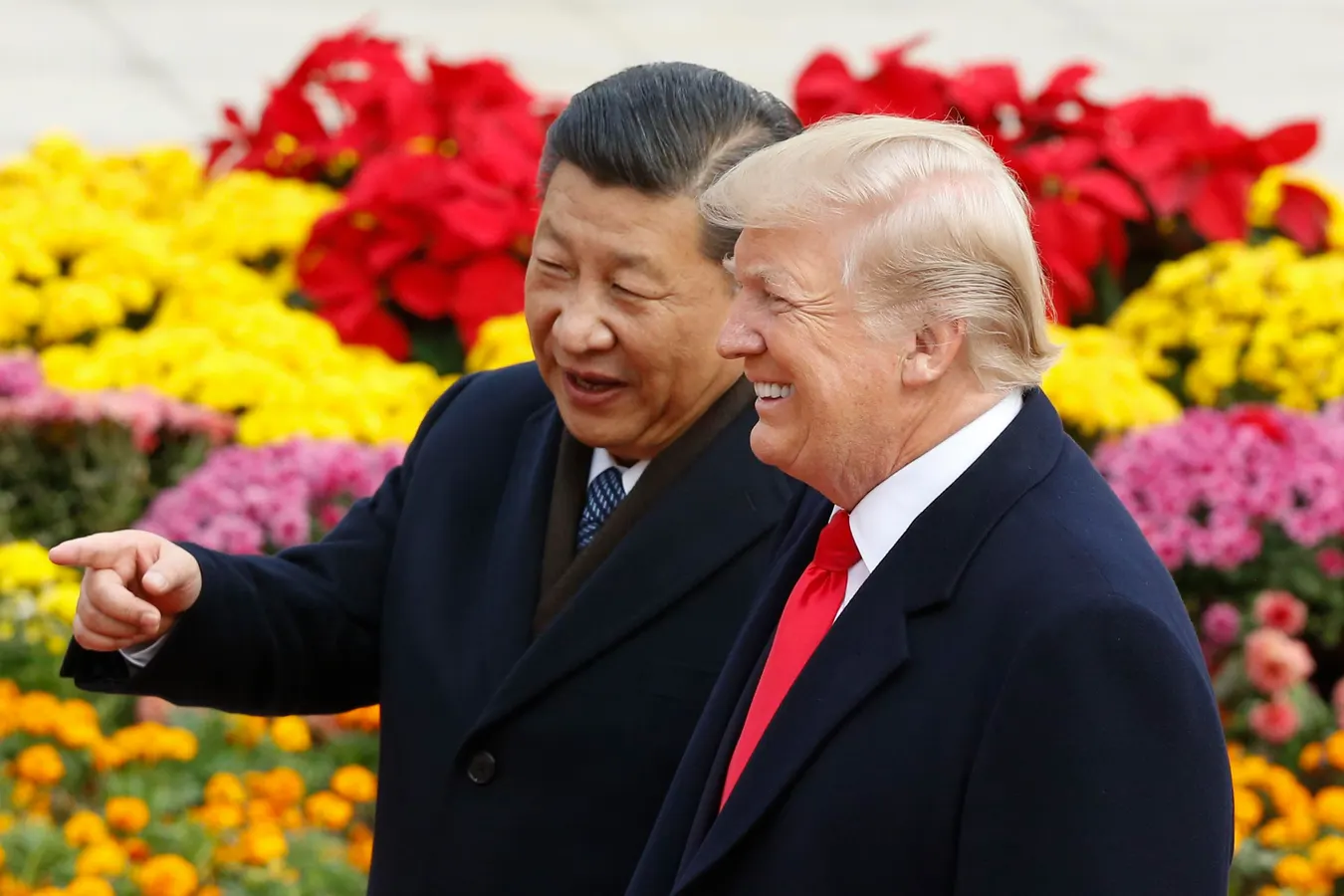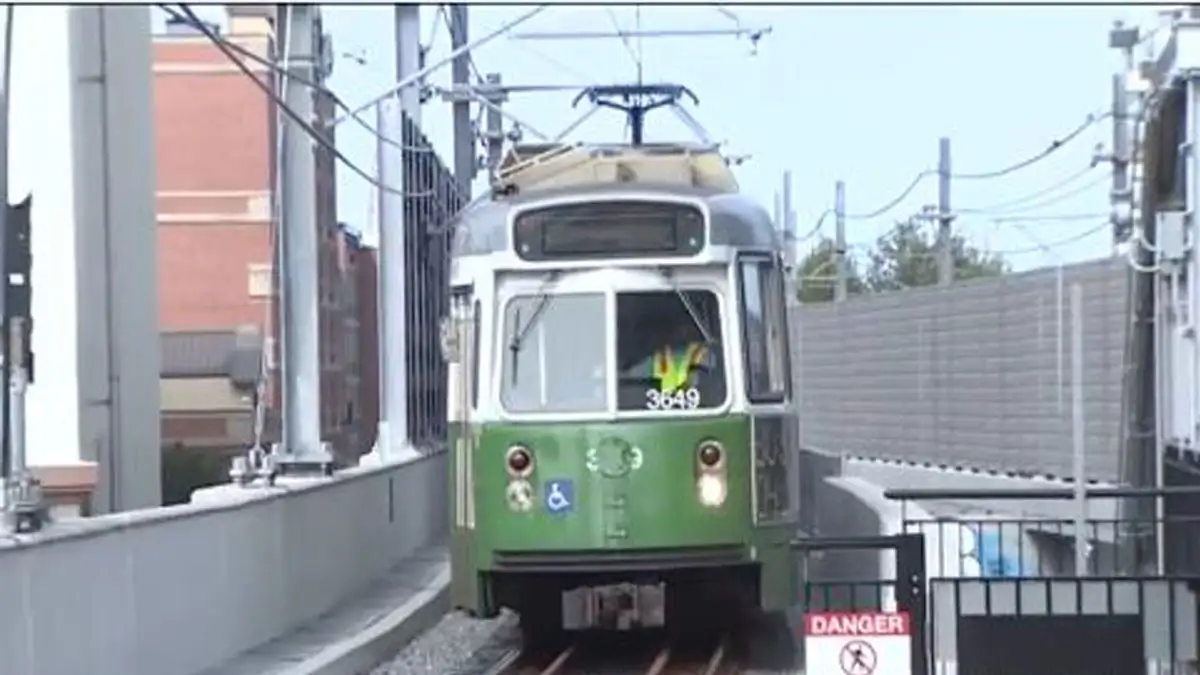By Ken Chu
Copyright scmp

Hong Kong’s Northern Metropolis is no longer a distant blueprint but a defining project of our times. In his policy address, Chief Executive John Lee Ka-chiu made clear that its delivery will be a top priority, with new structures, legislation and transport links to ensure momentum. This marks a significant step forward for Hong Kong, signalling a determination to transform vision into reality.
The creation of a committee tasked with developing the Northern Metropolis, backed by working groups to design development models, oversee planning and establish a university town, shows that the government is moving decisively to strengthen coordination.
Dedicated legislation will provide the legal framework to speed up approvals and reduce delays. These moves, together with the pledge to remove administrative barriers, will undoubtedly help equip the project with the necessary tools to succeed.
Innovative approaches in the policy address reinforce this momentum. Fast-tracking approvals and adopting proven construction techniques from mainland China and overseas are expected to lower costs and shorten timelines. A phased-development scheme, inspired by the mainland’s “1.5-level development” concept, will allow early low-density facilities such as retail, entertainment and exhibition venues to begin operation ahead of full-scale projects, generating revenue and foot traffic.
Flexible land policies, such as land exchange, longer leases and direct grants where appropriate, will encourage market participation and investment.
Concrete initiatives support this strategy. The government pledges to expedite the Lok Ma Chau Loop, set out a development outline for the San Tin Technopole and strengthen transport connectivity. These are not only vital anchors for housing and industry but also symbolic of Hong Kong’s commitment to deeper integration with Shenzhen and other parts within the Greater Bay Area development zone.
With homes for 2.5 million residents and 650,000 jobs expected, the Northern Metropolis can improve quality of life for families while generating new opportunities in innovation, logistics, education and high-end services.
The government is going in the right direction. By placing the Northern Metropolis at the heart of the policy address, Lee is addressing two of the city’s most pressing needs: adequate housing and a more diversified economy. For young people seeking affordable homes and for industries looking to expand, this represents a long-awaited breakthrough.
For Hong Kong as a whole, it is a chance to balance its urban geography by linking the financial strength of Central with innovation and technology corridors at the border, creating a “dual engine” with Shenzhen across the border.
What matters now is disciplined execution. Large-scale projects such as the Northern Metropolis will inevitably face financial and logistical challenges. The scale of the project will require careful planning and robust financing.
Innovative approaches such as green and infrastructure bonds can raise capital while reinforcing Hong Kong’s status as a sustainable finance hub. Phased development, with land set aside for interim use until market conditions mature, much like Singapore’s white-site model, can also reduce cash flow strain.
Such an approach could particularly benefit the San Tin Technopole. If properly developed, it could become an exemplary case of cross-boundary collaboration among advanced industries.
Meanwhile, we must be mindful that care must be taken to integrate environmental protection into its design. Wetland conservation, renewable energy systems and low-carbon building standards should be woven into the project from the outset. Doing so would not only protect sensitive ecosystems but also show that the Northern Metropolis embodies Hong Kong’s broader commitment to sustainability.
Confidence from investors and the community will be crucial. By making housing, transport and employment the first visible results, the government can reassure residents that this is not just another plan that looks nice on paper. Early wins will help build momentum and trust.
Equally, incentives tailored to high-value sectors, be it in green finance, biotechnology or advanced manufacturing, can attract the kinds of enterprises that will give the metropolis its economic weight.
The Northern Metropolis will mark Hong Kong’s most ambitious undertaking since the Airport Core Programme of the 1990s. That initiative reshaped our city and helped secure its role as a global aviation hub.
Today, the Northern Metropolis offers an equally transformative opportunity: to reshape urban Hong Kong, deepen its integration with the provinces and cities in the Greater Bay Area, and open pathways for growth. With clear direction, strong institutions and pragmatic solutions, it can become the growth engine that propels Hong Kong into its next stage of development.
The vision is bold, the support is strong and the foundations are being laid. Hong Kong has the chance to show that with focus and determination, it can deliver on projects that matter not only to today’s residents but to future generations.



